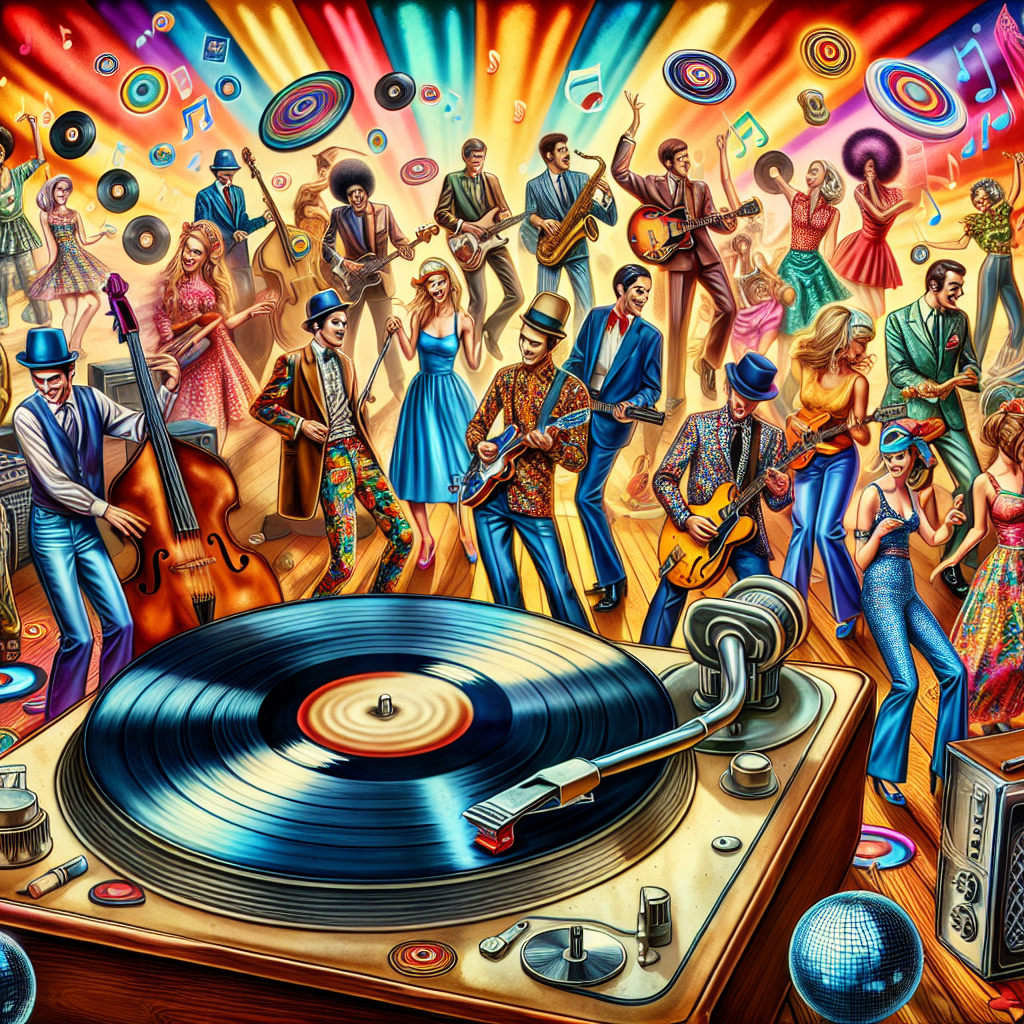Music has always been a powerful force in shaping culture and society. From the doo-wop harmonies of the 1950s to the disco beats of the 1970s, the music of these decades reflected the diversity and vibrancy of the times. Let’s take a closer look at how music evolved during this period and its impact on various aspects of society.
The 1950s: The Birth of Rock ‘n’ Roll
The 1950s marked the birth of rock ‘n’ roll, a genre that would go on to influence countless musicians and change the course of popular music forever. Artists like Elvis Presley, Chuck Berry, and Little Richard brought a new sound to the airwaves, blending elements of blues, country, and R&B to create something truly unique.
But rock ‘n’ roll was more than just a style of music – it was a cultural phenomenon that challenged social norms and brought people together. Teenagers embraced this rebellious new sound, much to the dismay of parents and politicians who saw it as a threat to traditional values.
The 1960s: A Time of Change
The 1960s were a time of great social upheaval, and music played a central role in reflecting and shaping these changes. The civil rights movement, anti-war protests, and women’s liberation all found their voices in songs that spoke truth to power.
Bands like The Beatles, The Rolling Stones, and Bob Dylan pushed boundaries with their lyrics and musical experimentation, paving the way for future generations of artists to explore new sounds and ideas. And as technology advanced with the rise of television and FM radio, music became more accessible than ever before.
The 1970s: The Rise of Disco
By the 1970s, disco had taken over dance floors around the world with its infectious beats and glamorous style. Artists like Donna Summer, Bee Gees, and Chic dominated the charts with hits that made people want to get up and groove.
But disco was more than just a genre – it was a lifestyle. Clubs like Studio 54 became meccas for those looking to see and be seen, while fashion trends embraced glittery fabrics, platform shoes, and bold colors.
Music Transcends Boundaries
Throughout these three decades, music transcended boundaries of race, gender, and class to bring people together in celebration. It provided an outlet for expression in times of turmoil and joy in times of celebration.
From doo-wop harmonies to disco beats, each era had its own unique sound that reflected the spirit of its time. And while politicians may have tried to censor or control this powerful force, they ultimately failed – music will always find a way to break through barriers and unite us all.
In Conclusion
As we look back on the music of the 1950s, 60s ,and 70s ,we can see how it reflected the diversity and complexity of our society. From doo-wop harmonies to disco beats ,each era had its own unique sound that captured the spirit o fthe times


Get involved!
Comments